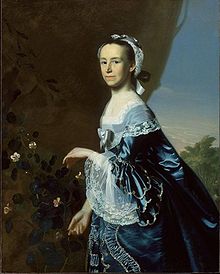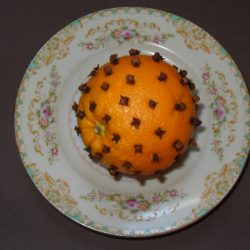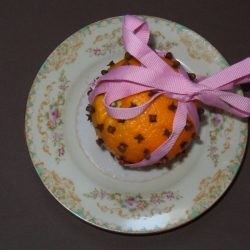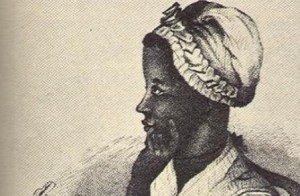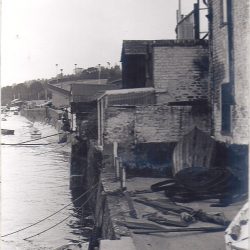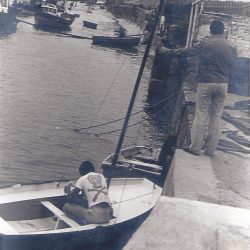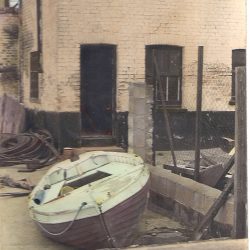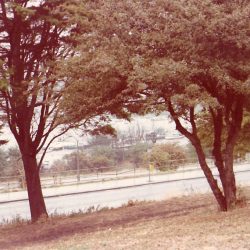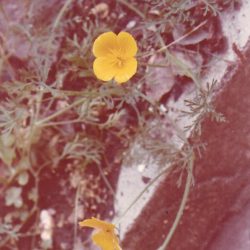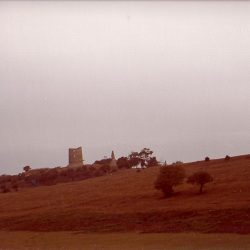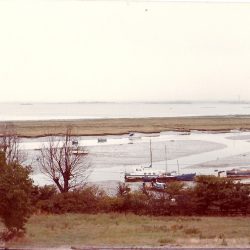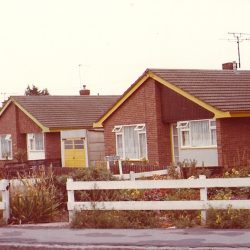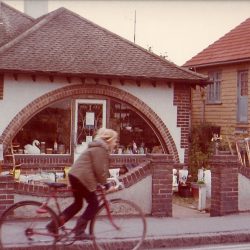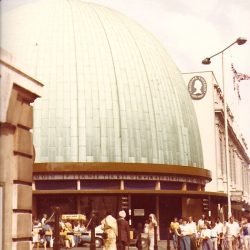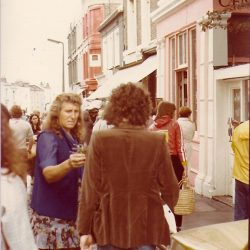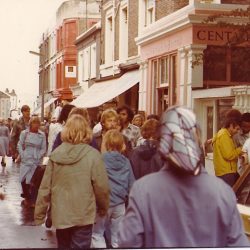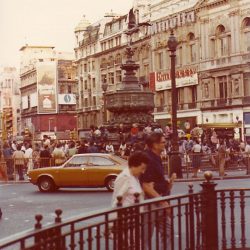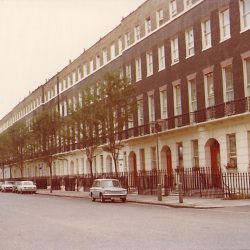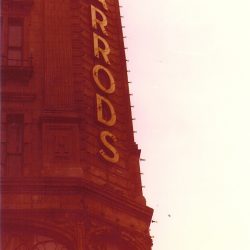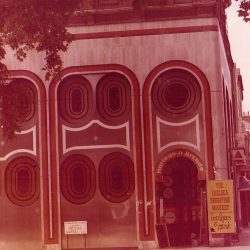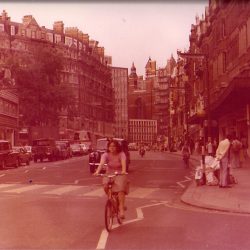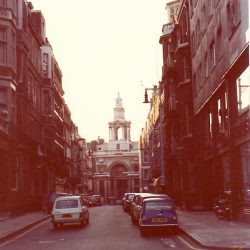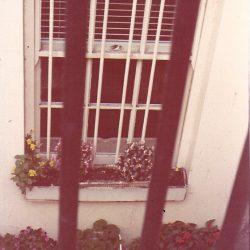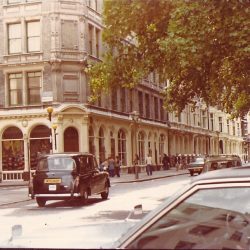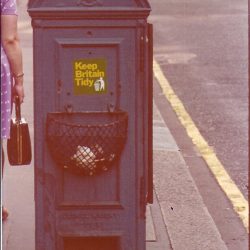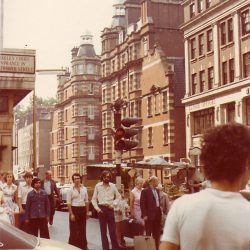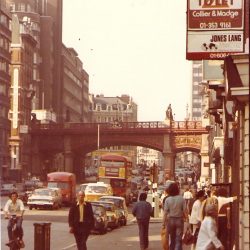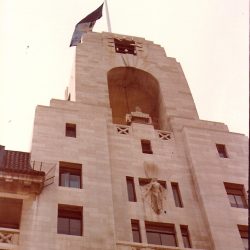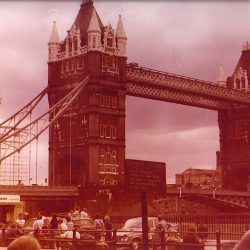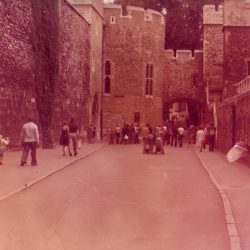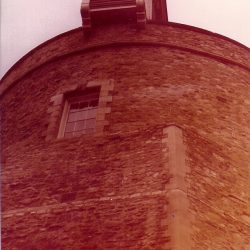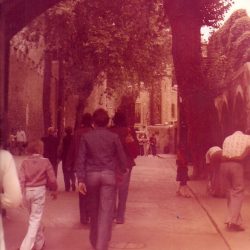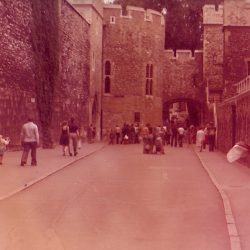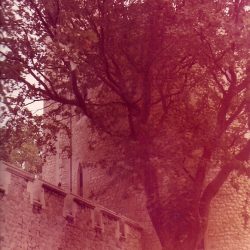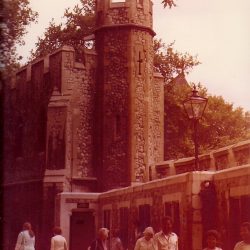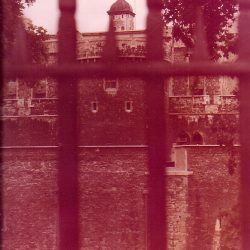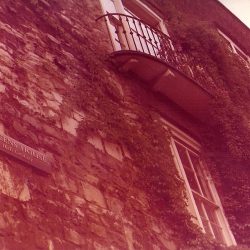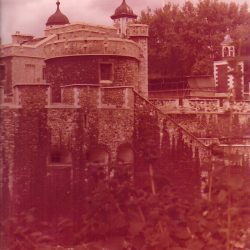Mercy Otis Warren was born in 1728 in Barnstable, Massachusetts into a wealthy family. She was home-schooled especially in the domestic arts but listened in on her brothers’ academic lessons. She absorbed a lot because her brother, James, encouraged her to pursue her interest in history and writing..
In 1764, she married James Warren, a merchant, farmer and a member of the Massachusetts State Legislature. Through her husband she came to know the leaders of the American Revolution and he, too, encouraged her to pursue her literary interests.
Mercy frequently wrote letters to Benjamin Franklin and Thomas Jefferson about issues involving the colonies and the Warren’s home eventually became a hub for revolutionaries and intellectuals. Boston revolutionaries formed the Committees of Correspondence after a series of protest meetings were held in Mercy’s parlor. She also corresponded with her friend, Abigail Adams, whose husband became the second President of the United Sates. Later their friendship cooled when Mercy was critical of John Adams in her three-volume history of the United States.
She used the pseudonym Fidelia for the poems and dramas she wrote many of which were anti-British. In Model Celebration, mermaids and other sea creatures enjoy sipping British rea during the Boston Tea Party of 1773. In Blockheads, Mercy made fun of the British King George. Other plays included the Adulateur (1772), The Defeat and The Group (1775). In 1790, she published yet another volume of poems and plays.
The British did not know who wrote these works otherwise they would have arrested and hanged Mercy for treason. Warren was also noted for the three-volume History of the Rise, Progress and Termination of the American Revolution published in 1805, the first narrative of the conflict between America and Britain.
In addition to her writing pursuits and political interests, Mercy ran a farm in her husband’s absence and raised five sons.
Bibliography:
Diamant, Lincoln, editor. Revolutionary Women in the War for American Independence, A One Volume Revised Edition of Elizabeth Ellet’s 1848 Landmark Series. Westport Connecticut: Praeger Publishers, 1998.
Greenberg, Judith E. and McKeever, Helen Cary. Journal of a Revolutionary War Woman. New York: Franklin Watts, 1996.
Micklos, John. The Brave Women and Children of the American Revolution. Berkeley Heights, NJ: Enslow Publishers, Inc, 2009
Freeman, Land M., North, Louise V and Wedge, Janet M. In the Words of Women: the Revolutionary War and the Birth of the Nation, 1765-1799. Landam, Md: Lexington Books, 2011.
Redmond, Shirley Raye. Patriots in Petticoats, Heroines of the American Revolution.
www.britannica.com/biography/Mercy-Otis-Warren
POMANDER BALLS
MATERIALS:
Ripe orange, or lemon or lime
Jar o whole cloves
Toothpick
Dish of powdered cinnamon (optional)
Netting
Ribbon
String
Scissors
PROJECT:
- With a toothpick, poke holes in the skin of the fruit keeping them close together.
(Sometimes this step isn’t necessary. Try it without the toothpick first.) - Push a clove into each hole covering the entire fruit with cloves. Place the cloves as tightly or as far apart as you choose but cover the entire fruit with cloves.
- Optional: Roll the fruit in the cinnamon. Cover with cloves. Place it in a pretty dish and place the dish in a cool dark place for two to three weeks so that the fruit dries out.
- Optional: Place the fruit in a square of netting. Gather up the ends of the netting and tie a ribbon around it. Leave enough extra ribbon to make a loop. Or, skip the netting and simply tie ribbon around the pomander ball.
- Hang the pomander ball or place it on a pretty dish. It will scent the entire room.

